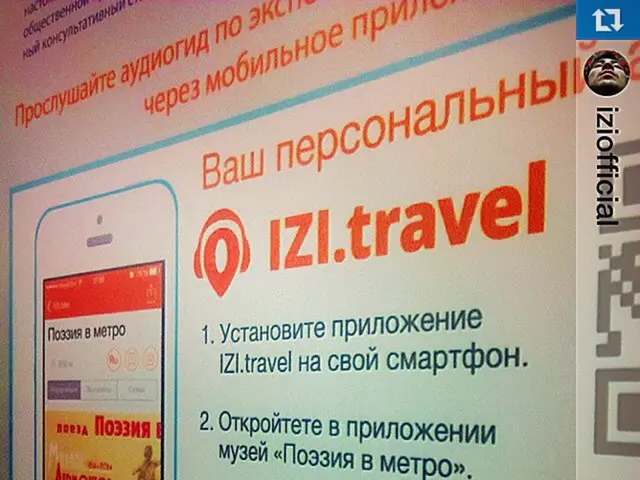"Discover 26 types of malware that pose a significant threat to your network's security and learn effective strategies to ward them off"
In the digital age, cybersecurity has become a paramount concern for individuals and businesses alike. Malware, a broad umbrella of malicious programs, is used by cyber attackers to breach secure networks and access sensitive data without authorization. This article aims to shed light on the most common types of malware attacks and the preventive measures that can significantly reduce the risk of falling victim to these threats.
Malware attacks are diverse and evolving, but a comprehensive approach—combining technological defenses, user education, and proactive monitoring—can significantly reduce risk. Here are the most common types of malware attacks:
- **Viruses:** Malicious code that attaches itself to a legitimate program and spreads when that program is executed. Viruses can corrupt, delete, or control data on infected devices. - **Worms:** Self-replicating malware that spreads across networks without user interaction, often exploiting vulnerabilities in networked systems. - **Trojans:** Malware disguised as legitimate software that creates backdoors, allowing attackers to gain unauthorized access to the system. - **Ransomware:** Malware that encrypts a victim’s data and demands payment (ransom) for the decryption key. - **Spyware:** Software that secretly monitors user activity and collects sensitive information, such as login credentials or financial data. - **Adware:** Software that displays unwanted advertisements, which can degrade system performance and lead to further malware infections. - **Botnets:** Networks of infected devices (bots) controlled remotely by cybercriminals, often used for distributed denial-of-service (DDoS) attacks, spam campaigns, or further malware distribution.
Preventing malware attacks requires a combination of technical controls, user education, and proactive monitoring. Below are key preventive strategies for each major type of attack:
| **Malware Type** | **Preventive Measures** | |------------------|-------------------------| | **Viruses, Worms, Trojans** | Install and regularly update antivirus and anti-malware software; keep all operating systems and applications patched; avoid downloading or executing suspicious files and emails. | | **Ransomware** | Maintain regular, isolated backups of critical data; restrict user permissions to prevent unauthorized installations; educate users on phishing tactics (a common ransomware delivery method). | | **Spyware, Adware** | Use reputable security software with anti-spyware capabilities; browse cautiously and avoid suspicious websites; keep browser and plugins updated. | | **Botnets** | Secure IoT and network devices with strong, unique passwords; disable remote management if not needed; monitor network traffic for unusual activity; regularly patch and update device firmware. | | **General Prevention** | Enforce strong password policies and multi-factor authentication (MFA); educate employees and users about recognizing phishing and social engineering attempts; segment networks to limit the spread of infection; apply the principle of least privilege to user accounts. |
In addition to these measures, staying informed about emerging threats and new attack techniques, using reliable security software, performing regular backups of important data, conducting ongoing cybersecurity awareness training, and deploying tools to detect anomalous behavior are all crucial components of a robust cybersecurity strategy.
In 2020, there were more than 304 million ransomware attacks recorded globally, with the average cost of a ransomware attack on a business reaching $133,000. Malvertising, malicious advertising, is another attack method that injects malware-loaded advertisements into different advertising websites or networks. Drive-By Attacks, a method used to distribute different types of malware by injecting malicious scripts into the HTTP or PHP code used to create a vulnerable website, and Crypto-Jacking, a malware that mines cryptocurrencies using unsuspecting victims' machines and resources, are other examples of modern malware attacks.
In conclusion, while the landscape of malware attacks is constantly evolving, a comprehensive approach to cybersecurity can help protect against these threats. Staying vigilant, implementing layered security measures, and staying informed about the latest threats are essential to maintaining a secure digital environment.
- Encryption can serve as a defense against ransomware attacks, as it makes the encrypted data inaccessible to attackers without the decryption key.
- Acyklopingikos Fyliologiki (encyclopedia) entries on information security often cover the role of social engineering in successful cyber attacks, as it involves manipulating users into divulging sensitive information.
- In the context of combating phishing, technology plays a vital role in developing algorithms that can identify and flag potentially malicious emails for further scrutiny.
- As cybersecurity becomes increasingly important, it is essential to update the encyclopedia entries on the subject to reflect the latest threats, such as malvertising and crypto-jacking.




